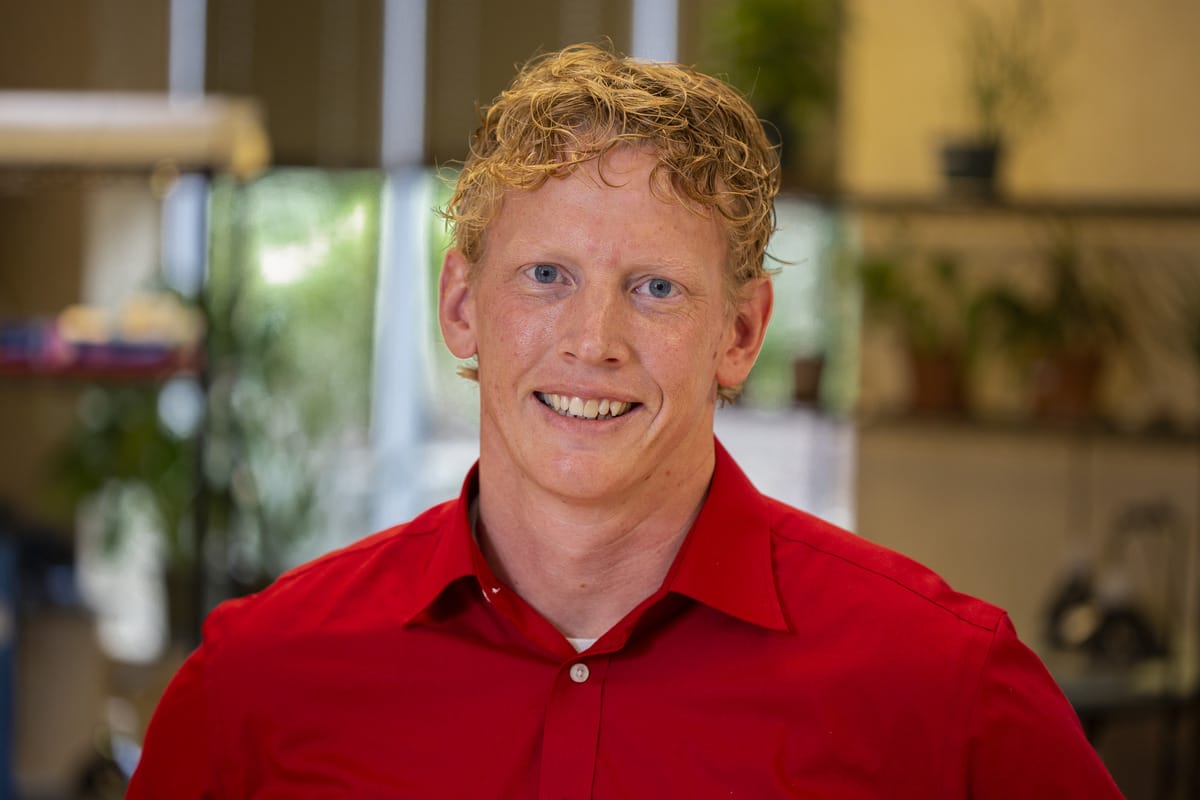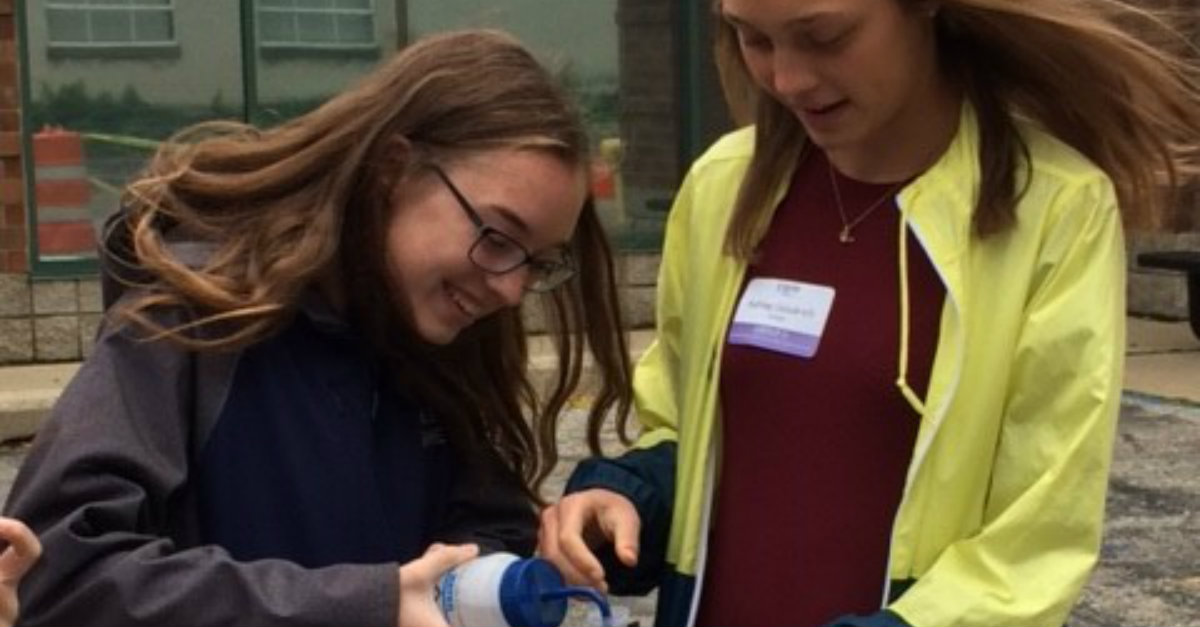Where do you love? What are the places that capture your imagination and your heart? Humans have a remarkable capacity to fall for locations; they can inspire us and change the way we think. We remember them more deeply than we remember almost anything else; we can close our eyes and see every twist and turn and nuance of the places we love.
And yet the vast majority of education takes place inside a classroom, walled off from the broader world. Learning focuses on distant people and places and concepts. If we leave our students trapped in the classroom, we risk making their experiences sterile and forgettable. But an old and powerful movement is rising to upend this state of affairs. Place-based education draws students into the larger world, helps them to see the relevance of their learning, and instills in them a sense of agency—both by assuring students that their voices can drive the learning process, and by helping them see how their actions can produce real and powerful impacts.
So, what is place-based education, what does it look like, and how can we successfully incorporate it into our classrooms? Let’s find out.
What is Place-Based Education?
Place-based education (PBE) is a broad umbrella of practices, all of which integrate the world outside the school into the context and content of learning. It’s a form of project-based learning, and so it incorporates the essential elements of PBL. Students decide how to engage in sustained work to address challenging problems so that they can produce authentic change in the real world. Throughout the process, they have the opportunity to reflect on and revise their work.
What distinguishes PBE from other types of PBL is that it capitalizes on the characteristics of the local community. Teachers use the power of place to tap into student interests and passions in order to create engaged classrooms. This ensures that the authentic work they do is visible to students, as well as to their friends and families. It is a uniquely powerful form of project.
What Does it Look Like?
It’s important to understand that place-based education can thrive in a number of different settings and across grade levels. If homelessness is a problem in your area, it looks like students organizing a walk to raise funds for local shelters. When your local news centers around an environmental controversy, students might organize a protest. A family loses a home to a fire, why not involve collecting clothing and food? Teens and kindergarteners can do these types of activities; students can help as much as possible in age-appropriate ways.
How to Build Powerful PBE
So, what can we do to develop projects that capitalize on the power of the place in our schools? It starts with helping to open our students’ eyes to the place-based problems around us. Share with your students the issues and needs that exist in your area, help them to discuss and understand the causes of these concerns, and then listen carefully.
Listen carefully, because the next step to developing powerful PBE projects is to tie them to student interests. What issues excite them? What are they passionate about? If you’ve identified a cause that’s both local and powerful, you’re well on your way to an outstanding experience.
Finally, consider the effect you’d like to have. Some projects are about raising awareness or money. Others are about creating something of value, like an art installation. One flavor of effect I’ve found particularly powerful is to explore whether students can have a positive impact on their communities by forming relationships with people who need it. For instance, Elisa Waingort from Calgary, Alberta helped her form friendships with seniors citizens as a local retirement home; she then had them interview their new friends and create biographies to serve as mementos for the seniors.
A Small Step, but a Bold One
If you’re convinced that PBE is right for you and your students, the best way to get started is with a single step. Start exploring your area and considering what spaces and issues might be motivating for your students. Be ready to listen to them and to work together on a journey toward success.

